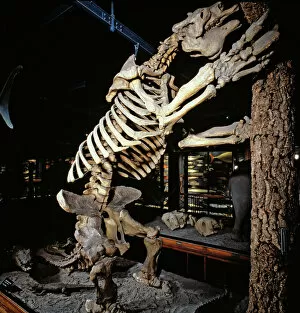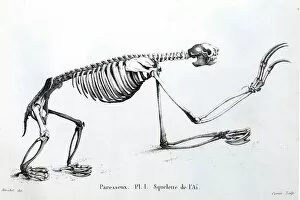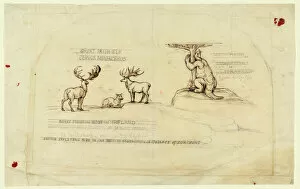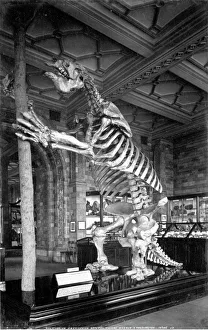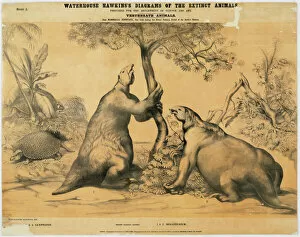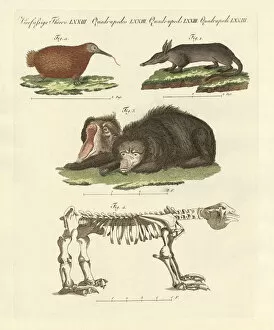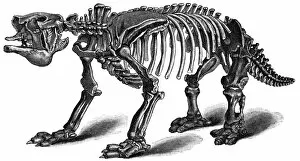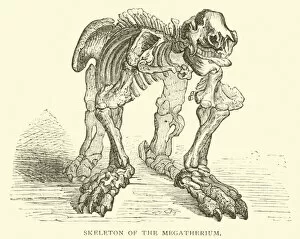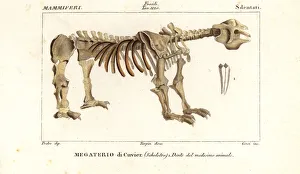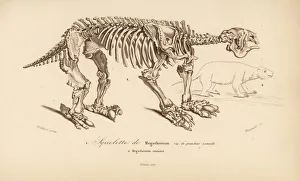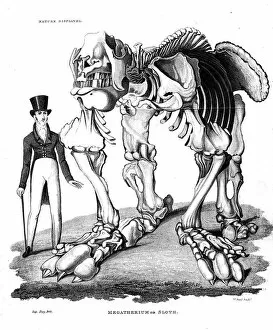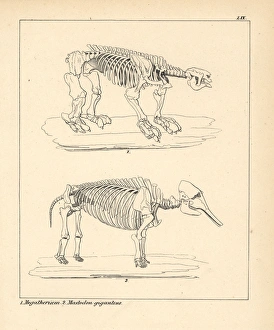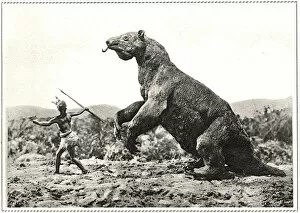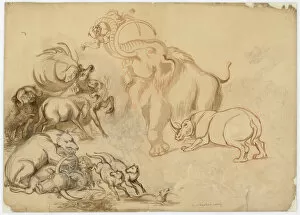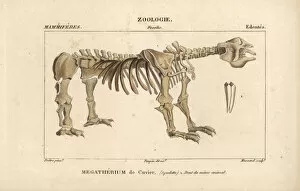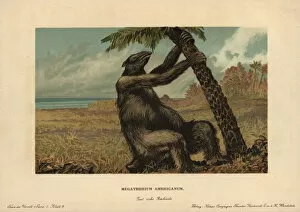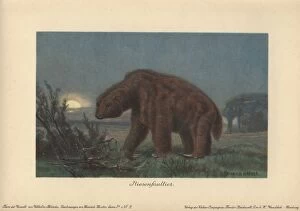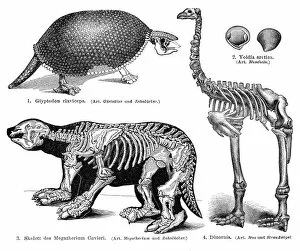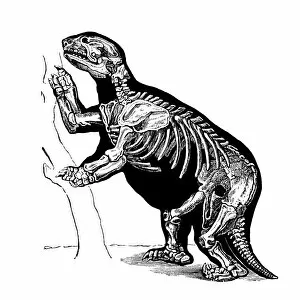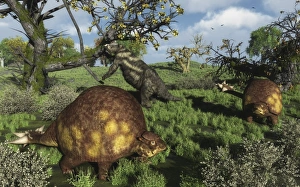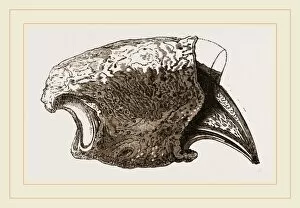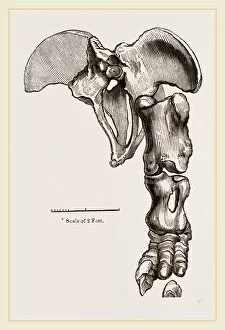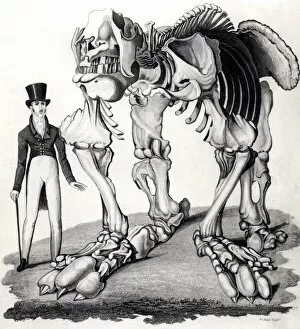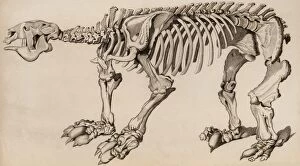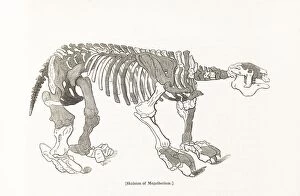Megatherium Collection
Megatherium, the giant ground sloth, has fascinated scientists and enthusiasts alike for centuries
All Professionally Made to Order for Quick Shipping
Megatherium, the giant ground sloth, has fascinated scientists and enthusiasts alike for centuries. This colossal creature roamed the Earth during the Tertiary period, capturing imaginations with its immense size and unique features. In 1800, a portrait of Thomas Jefferson was created by artist Rembrandt Peale. Little did he know that just a few years later, another remarkable discovery would captivate the world - Megatherium's skeleton. In 1812, French naturalist Georges Cuvier unveiled this incredible find to the public through his meticulous illustrations. The comparisons were drawn between Megatherium and other extinct giants like the Great Irish Elk. These astonishing creatures seemed to defy logic with their sheer magnitude and awe-inspiring presence. Visitors at London's Natural History Museum marveled at the imposing display of a reconstructed Giant Ground Sloth alongside Glyptodon in an exhibit dedicated to these prehistoric wonders. The intricate details brought these ancient beings back to life in our minds. Cuvier's plate from 1804 showcased Megatherium in all its glory – every bone meticulously depicted as if inviting us into its world millions of years ago. Restorations of animals from the Tertiary period allowed us to visualize how they might have appeared when they roamed freely across vast landscapes. Today, we can still witness remnants of this magnificent creature through preserved skeletons found around the globe. The sight of a Megatherium skeleton is enough to leave anyone in awe – it serves as a tangible reminder of Earth's rich history and diverse inhabitants throughout time. Rare mammals are often depicted in colored engravings that capture their essence even after extinction. Among them stands Megatherium proudly – an icon among giants who once ruled over land with grace despite their massive size. As we continue uncovering more about our planet's past inhabitants, let us remember those like Megatherium who remind us that there is so much more yet to be discovered.


